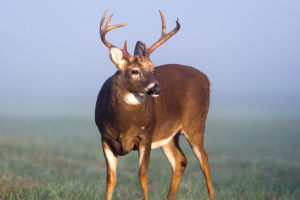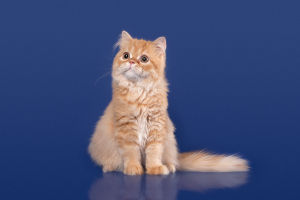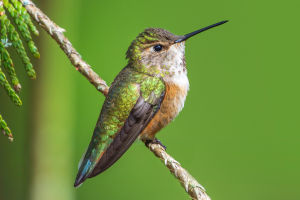Goldfish, as one of the world's most popular ornamental fish, are widely loved for their vibrant colors and diverse varieties. From aquariums to home tanks, these beautiful creatures are found everywhere.
This article will explore their origin, variety, and care in detail, offering a comprehensive view of these fascinating fish.
1. Origins and Historical Spread
The history of goldfish can be traced back to East Asia. They originated as a mutation of wild carp found in warm freshwater habitats. Over time, these fish were domesticated and developed into the ornamental varieties we see today.
By the 12th century, goldfish had already been introduced to neighboring countries like Korea and Japan, becoming prized ornamental species. In the 16th century, Europeans encountered goldfish for the first time, often keeping them as luxury decorations for courtyards. By the 19th century, goldfish spread further to North America and other parts of the world through international trade.
2. Diverse Varieties
The diversity of goldfish is astounding. Centuries of selective breeding have resulted in dozens of distinct varieties with unique colors, shapes, and sizes. Here are a few notable examples:
- Ryukin: Originating from Japan, this goldfish has a short, compact body and a high dorsal fin, moving with grace and elegance.
- Celestial Eye: Known for its upward-facing eyes, this goldfish is often regarded as a symbol of good fortune.
- Pearlscale: Adorned with pearl-like scales, this variety exudes a translucent, jewel-like beauty.
- Lionhead: With fleshy growths on its head resembling a lion’s mane, this goldfish reflects a strong aesthetic tied to Eastern culture.
These varieties each offer unique features, satisfying enthusiasts' diverse preferences for goldfish appearance.
3. Care Essentials
As ornamental fish, goldfish have specific care requirements, but with proper attention, they can live 10 to 15 years or even longer. The following are crucial aspects of goldfish care:
- Water Quality Management: Goldfish thrive in clean freshwater. Owners should regularly change the water and maintain a temperature between 18°C and 24°C (64°F to 75°F).
- Diet: Goldfish are omnivorous and can be fed specialized pellets, boiled vegetable leaves, or worms. Avoid overfeeding, as this can lead to water quality issues.
- Tank Size: Goldfish are active swimmers, and cramped tanks can limit their growth. A spacious tank with a filtration system is ideal to ensure a healthy water flow.
- Disease Prevention: Common issues include scale loss and fungal infections. Maintaining water quality and proper stocking density can reduce these risks.
4. Goldfish and Modern Technology
Advances in technology have deepened our understanding of goldfish. Genetic research and modern breeding techniques have made it possible to develop new varieties, such as glowing transgenic goldfish.
Additionally, behavioral studies have uncovered fascinating insights into fish memory and social interactions. These findings not only advance aquaculture practices but also enhance our understanding of the natural world.
Goldfish captivate countless admirers with their unique charm. As caretakers, we bear the responsibility of ensuring their well-being in the miniature aquatic worlds we create for them. Their allure lies not only in their appearance but also in their deep connections to human culture and natural ecosystems. This enduring appeal will continue to inspire appreciation, study, and conservation for generations to come.
Beginner Goldfish Care Guide
Video by Luke's Goldies


